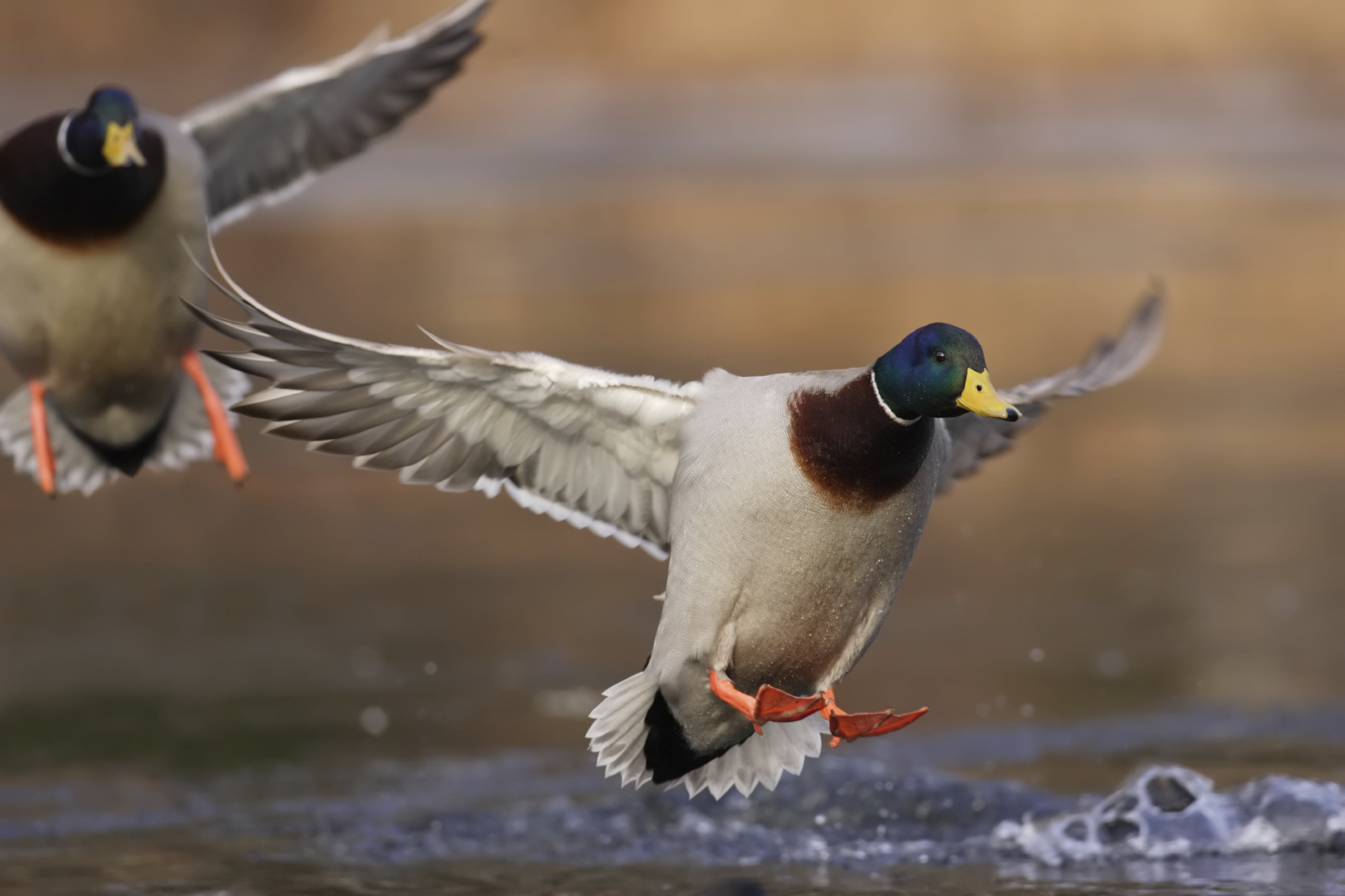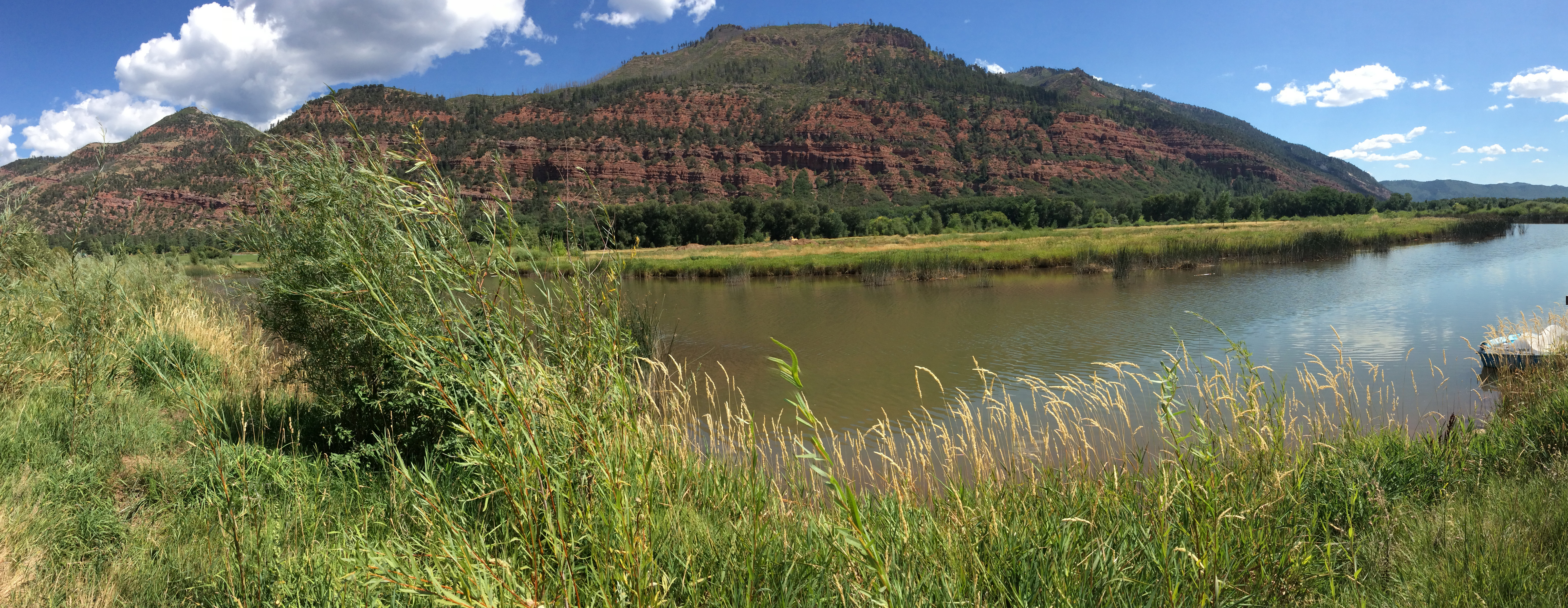Animas River Wetlands, LLC
Is creating a wetland project to provide another viable option for complying with the federal goal of "no net loss" of wetlands.
The Clean Water Act of 1972 includes Section 404, which requires authorization from the
Secretary of the Army, acting through the Corps of Engineers, for the discharge of dredged or
fill material into all waters of the United States, including wetlands.
Discharges of fill material generally include, without limitation: placement of fill that is
necessary for the construction of any structure or impoundment requiring rock, sand, dirt, or
other material for its construction; site-development fills for recreational, industrial,
commercial, residential, and other uses; causeways or road fills; dams and dikes; artificial
islands; property protection or reclamation devices such as riprap, groins, seawalls,
breakwaters, and revetments; beach nourishment; levees; fill for intake and outfall pipes and
subaqueous utility lines; fill associated with the creation of ponds; and any other work involving
the discharge of fill or dredged material.
A Corps permit is required whether the work is permanent or temporary. Examples of
temporary discharges include dewatering of dredged material prior to final disposal, and
temporary fills for access roadways, cofferdams, storage and work areas.Our wetlands are located in southwest Colorado on the Animas River. To talk about your project, please call 970-759-5585 or email us. We provide wetland and steam mitigation credits. A credit is a unit of trade used to offset the loss of either wetland or steam in US waters.
The Animas River Wetlands project will satisfy two primary goals:
To provide an off-site alternative for mitigating wetlands that have been adversely impacted and to expand and enhance the natural wetlands in the Animas River watershed while conserving and protecting the lands forever.
Only 3% of the land in Colorado is wetlands; however, 90% of Colorado's wildlife depends on the 3%. Off-site mitigation is often preferred because the success rate of more significant, concentrated wetland projects is usually better than small, isolated on-site efforts. Additionally, because Animas River Wetland Bank will be ready before the need for mitigation, our area will avoid the temporal loss of wetlands for wildlife.
The number of birds in the wetlands has increased from 26 to 120 in 12 years. We have beavers enjoying our wetlands and cutting down some cottonwoods.
Experts often call wetlands "nature's kidneys" for how they collect, filter, and purify water.
The approximate 65-acre project is located just North of Durango on the Waterfall Ranch property owned by Patti Zink. The ranch has been in the Zink family for over 100 years, since 1917.

Wetlands Mitigation Information
An interagency review team oversees this wetlands mitigation site. Team members include the Army Corps of Engineers, with representatives from La Plata County, US Fish and Wildlife, Colorado Division of Wildlife, Environment Protection Agency, and Natural Resource Conservation Service.The targeted grading of the created wetlands will be suitable for aquatic, marsh, wet meadows, willow, and cottonwood habitats. This stratification of aquatic habitats creates a broad spectrum of niches to facilitate wetland plant species diversity and habitat utilization by wildlife within the mitigation site.
The establishment, use, operation, and maintenance of the wetland bank will be carried out with the following authorities:
- Clean Water Act (CWA) (33 USC 1251 et seq.)
- Fish and Wildlife Coordination Act (16 USC 661 et seq.)
- Regulatory Programs for the Corps of Engineers, Final Rule (33 CFR Parts 320-332 and 33 CFR Parts 325 and 332)
- Guidelines for Specification of Disposal Sites for Dredged and Fill Material (40 CFR Part 230)
- Memorandum of Agreement between the Environmental Protection Agency and the Department of the Army concerning the Determination of Mitigation Under the Clean Water Act, Section 404 (b)(1) Guidelines (February 6, 1990)
- Federal Guidance for the Establishment, Use, Operation of Mitigation Banks (60 FR 58605 et seq.) (December 28, 1995)
- National Environmental Policy Act (42 USC 4321 et seq.) and implementing regulations
- National Environmental Policy Act (16 USC 470 et seq.)
- The U.S. Fish and Wildlife Service Mitigation Policy (January 23, 1981)
- State Water Quality Certification (Section 401)
- National Pollutant Discharge Elimination System (NPDES) (Section 402) (33 USC 1342 et seq.)
- Endangered Species Act, as amended (16 USC 1531-1543)
- Federal Agriculture Improvement and Reform Act of 1996 (7 USC 7201)
- Title XII of the Food Security Act of 1985
- US Army Corps of Engineers Memorandum – Regulatory Guidance Letter 93-2 (August 23, 1993)



